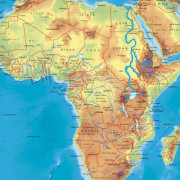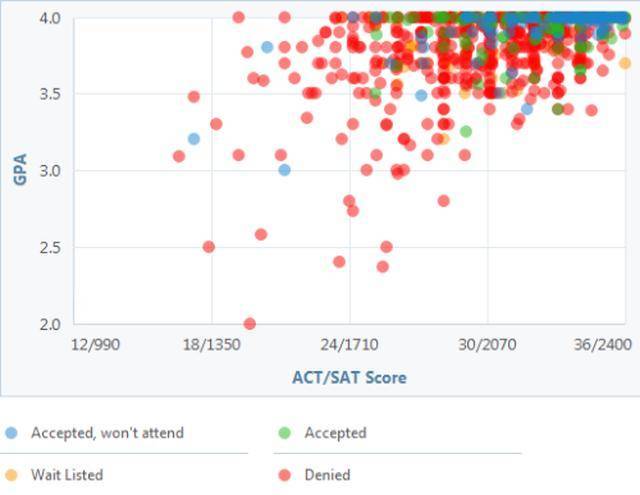Shanghai university
Содержание:
- Campus Locations
- World Top 1000 Universities
- Кто еще в топ-100
- Аналитика
- Academic Ranking of World Universities 2020
- В первой сотне
- You are here
- World University Ranking Methodologies Compared
- QS World University Rankings
- Times Higher Education World University Rankings
- Academic Ranking of World Universities (ARWU)
- Рейтинг стран по числу университетов в списке 500 лучших вузов мира согласно Шанхайскому рейтингу ARWU
- Конкуренты
- Шанхайский рейтинг университетов ARWU
Campus Locations
World Top 1000 Universities
Кто еще в топ-100
Также в топ-100 лучших вузов мира по различным направлениям вошли Национальный исследовательский университет «Высшая школа экономики», Национальный исследовательский технологический университет «МИСиС», Новосибирский государственный университет. Высшая школа экономики представлена в областях «Социология» (позиция 51-75) и «Математика» (позиция 76-100), МИСиС вошел в сотню лучших по направлению «Металлургия» (позиция 76-100), а также вместе с НГУ — в топ-100 предметного рейтинга «Горные науки и горное дело», расположившись в группе 76-100.
«Для нас ценно получить высокую оценку этого рейтинга, поскольку обязательным условием присутствия в нем является исследовательская активность университета. И НГУ неслучайно представлен именно в естественно-научных направлениях: более 90 % преподавателей этого блока — ученые Сибирского отделения РАН, активно работающие в различных областях современной науки», — сообщил ТАСС ректор НГУ Михаил Федорук.
Аналитика
| США | 54% | 30,8% | 24,8% | 4,5% | |
| Великобритания | 11% | 7,6% | 3,8% | 0,9% | |
| Германия | 5,0% | 7,8% | 5,8% | 1,2% | |
 |
Япония | 5,0% | 5,0% | 8,8% | 1,9% |
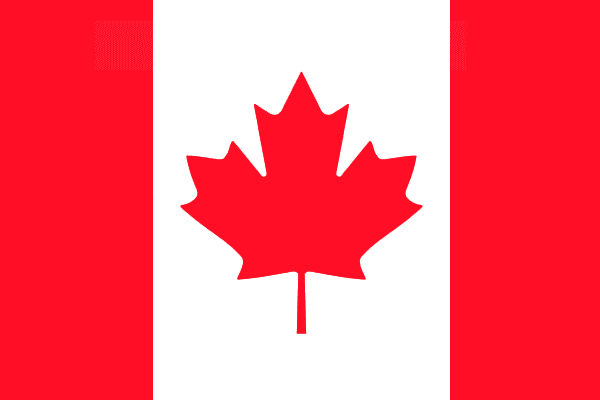 |
Канада | 4,0% | 4,6% | 2,3% | 0,5% |
| Франция | 3,0% | 4,4% | 4,6% | 0,9% | |
 |
Австралия | 3,0% | 3,4% | 1,6% | 0,3% |
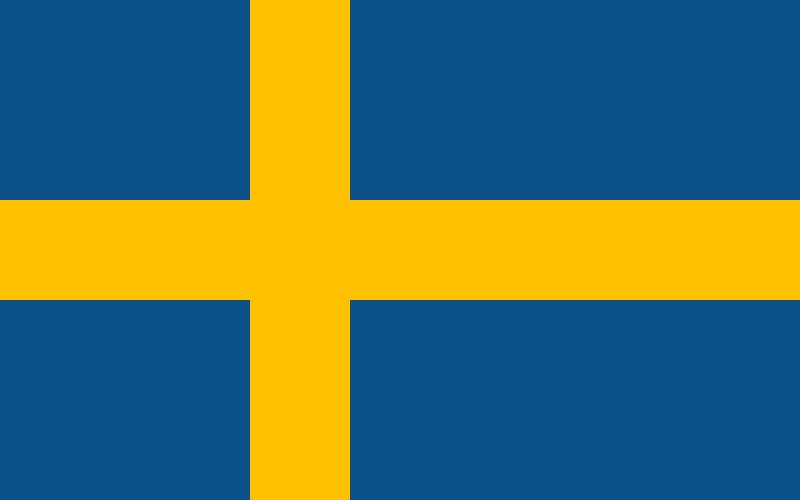 |
Швеция | 3,0% | 2,2% | 0,7% | 0,1% |
| Швейцария | 3,0% | 1,4% | 0,9% | 0,1% | |
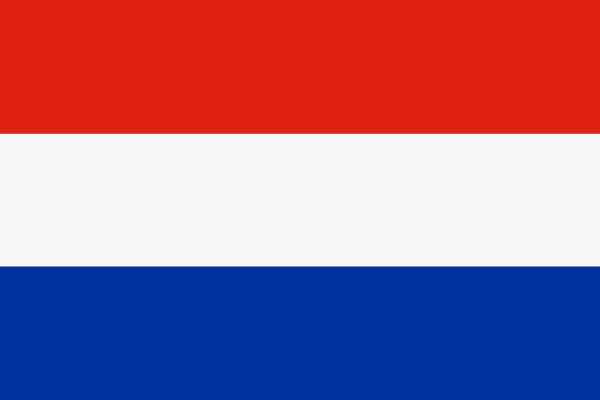 |
Нидерланды | 2,0% | 2,4% | 1,4% | 0,2% |
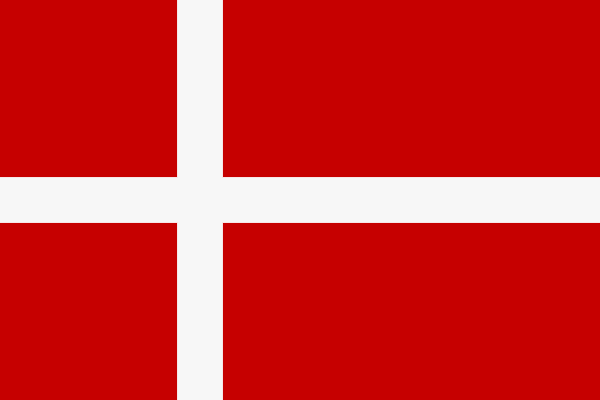 |
Дания | 2,0% | 0,8% | 0,5% | 0,1% |
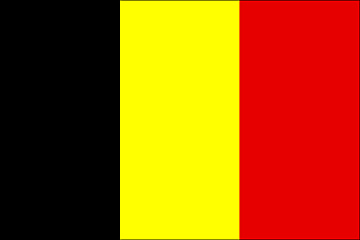 |
Бельгия | 1,0% | 1,4% | 0,8% | 0,2% |
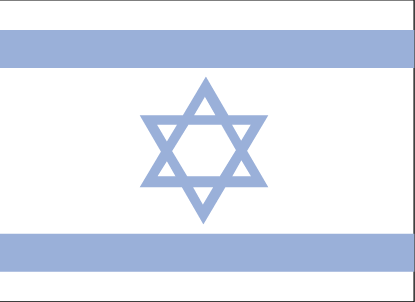 |
Израиль | 1,0% | 1,4% | 0,3% | 0,1% |
 |
Финляндия | 1,0% | 1,2% | 0,4% | 0,1% |
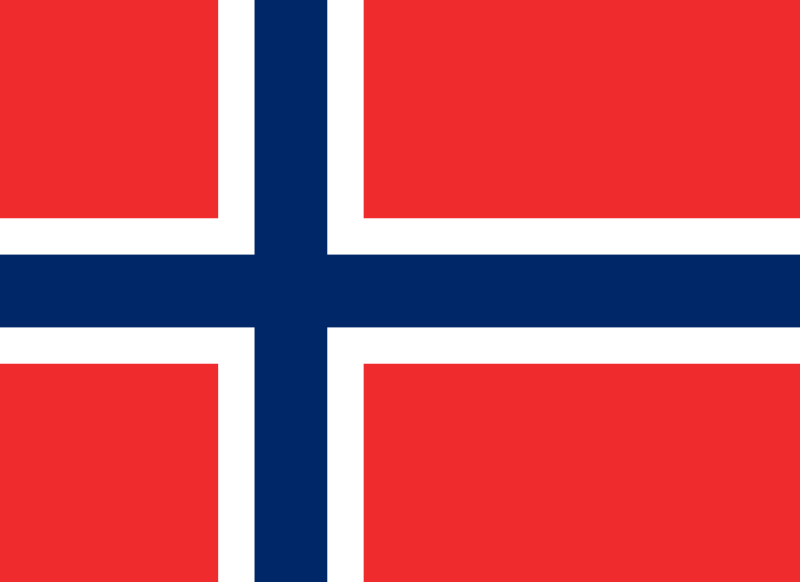 |
Норвегия | 1,0% | 0,8% | 0,7% | 0,1% |
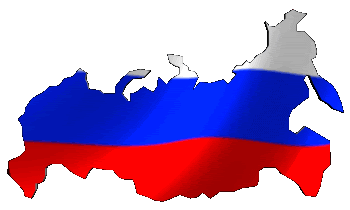 |
Россия | 1,0% | 0,4% | 2,1% | 2,1% |
| Китай | 6,8% | 8,9% | 19,8% | ||
| Италия | 4,4% | 3,7% | 0,9% | ||
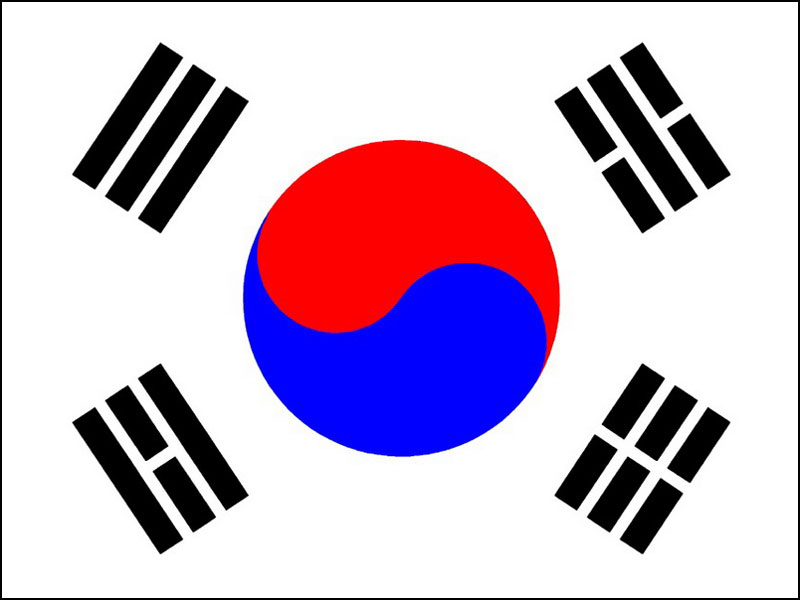 |
Южная Корея | 2,0% | 1,4% | 0,7% | |
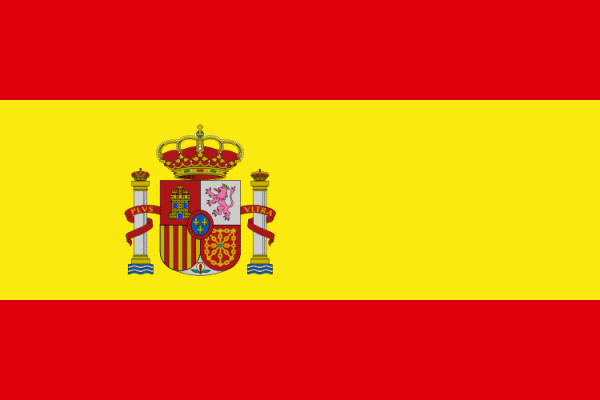 |
Испания | 2,0% | 2,5% | 0,7% | |
| Австрия | 1,4% | 0,7% | 0,1% | ||
 |
Бразилия | 1,2% | 2,7% | 2,9% | |
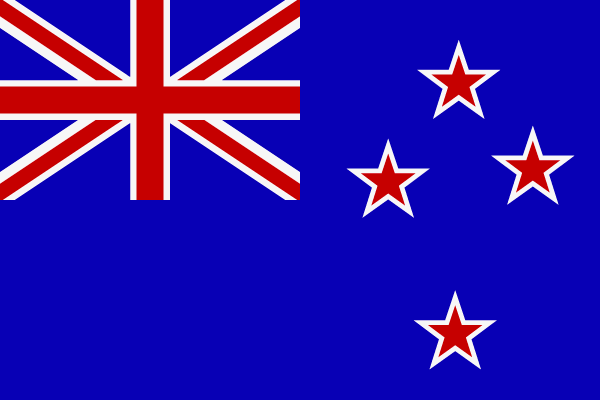 |
Новая Зеландия | 1,0% | 0,2% | 0,1% | |
 |
Ирландия | 0,6% | 0,4% | 0,1% | |
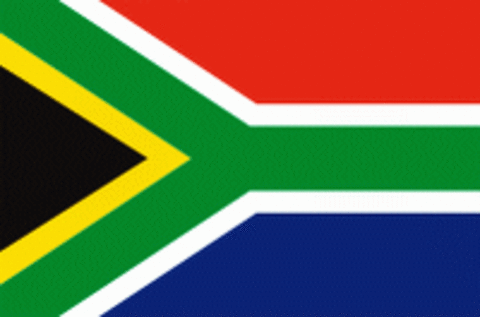 |
Южная Африка | 0,6% | 0,5% | 0,7% | |
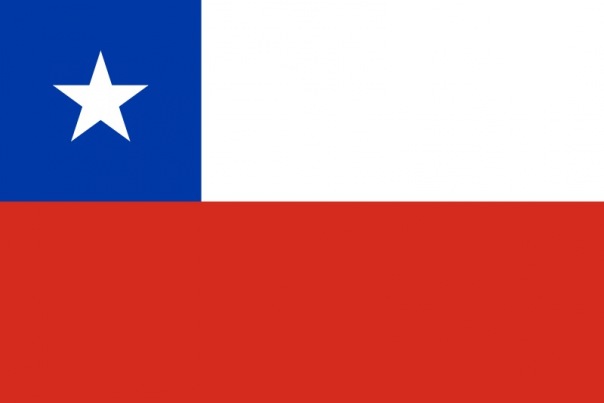 |
Чили | 0,4% | 0,3% | 0,3% | |
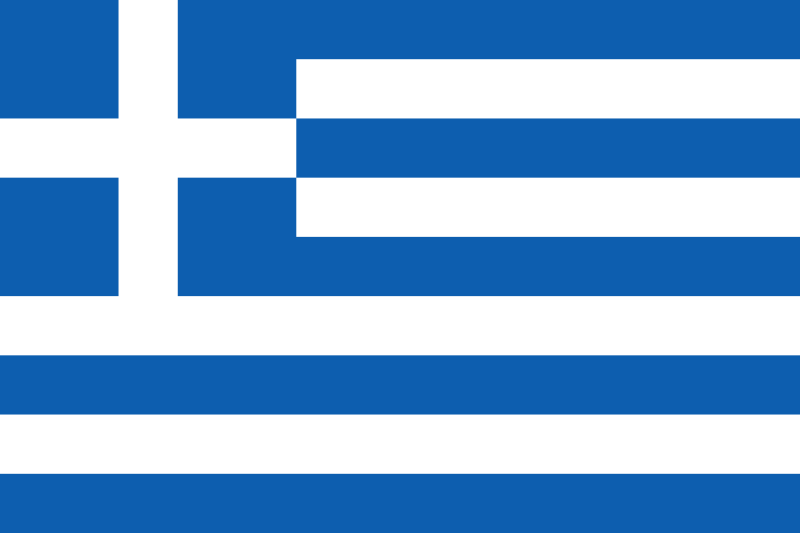 |
Греция | 0,4% | 0,6% | 0,2% | |
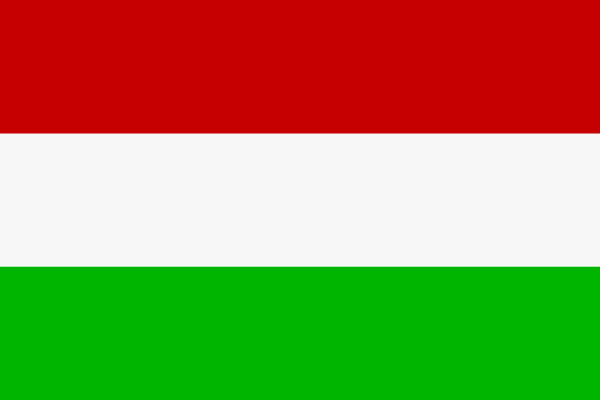 |
Венгрия | 0,4% | 0,2% | 0,1% | |
 |
Индия | 0,4% | 2,3% | 17,1% | |
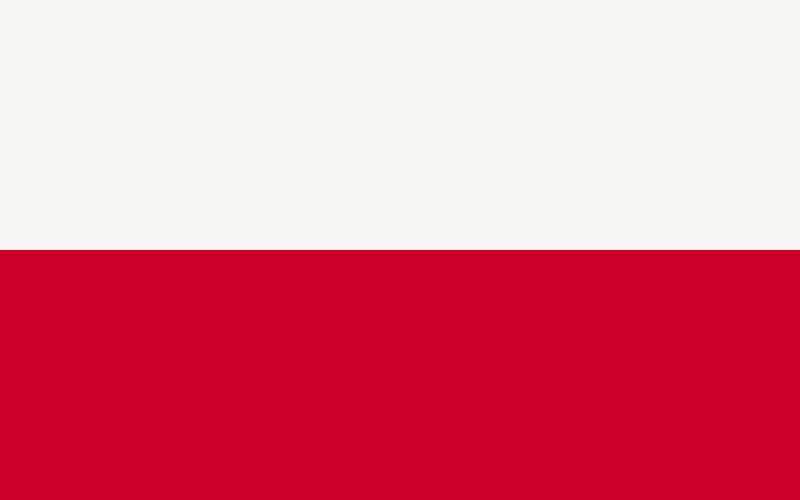 |
Польша | 0,4% | 0,7% | 0,6% | |
 |
Португалия | 0,4% | 0,4% | 0,2% | |
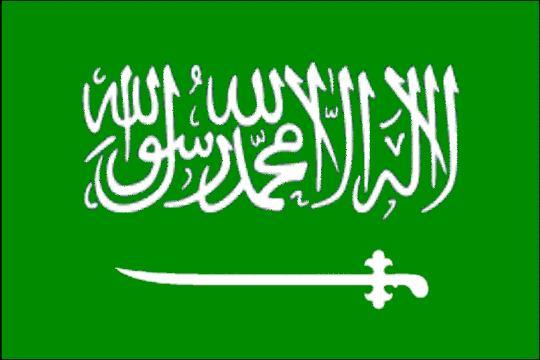 |
Саудовская Аравия | 0,4% | 0,6% | 0,4% | |
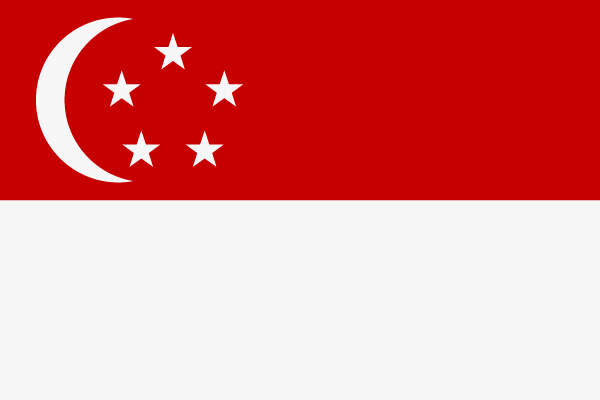 |
Сингапур | 0,4% | 0,3% | 0,1% | |
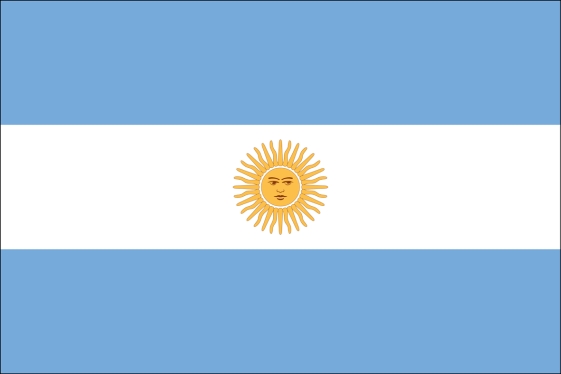 |
Аргентина | 0,2% | 0,5% | 0,6% | |
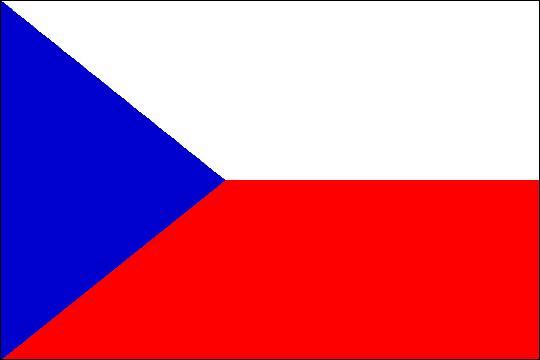 |
Чехия | 0,2% | 0,3% | 0.2% | |
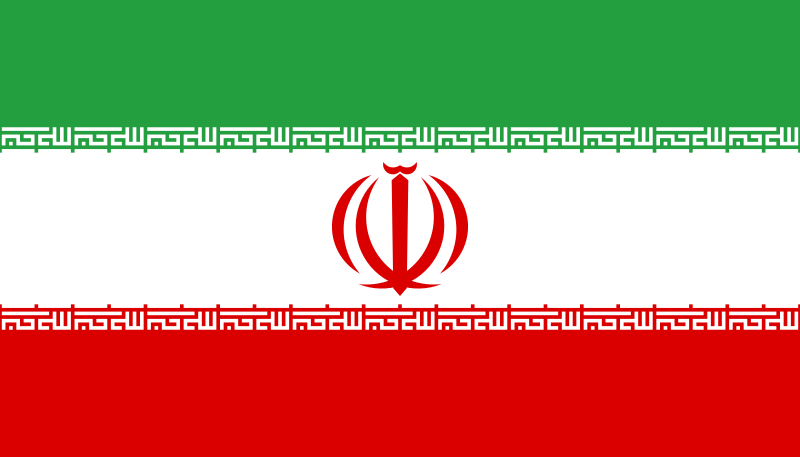 |
Иран | 0,2% | 0,6% | 1,1% | |
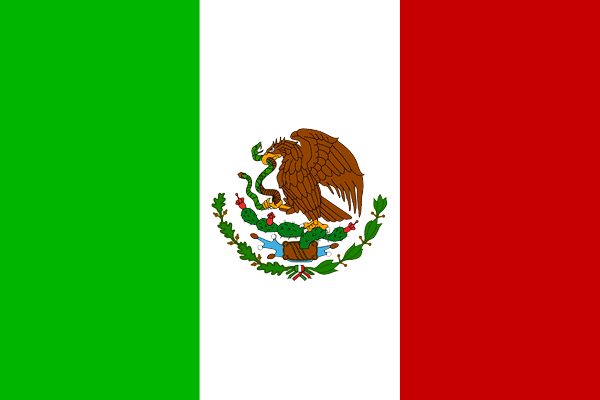 |
Мексика | 0,2% | 1,5% | 1,6% | |
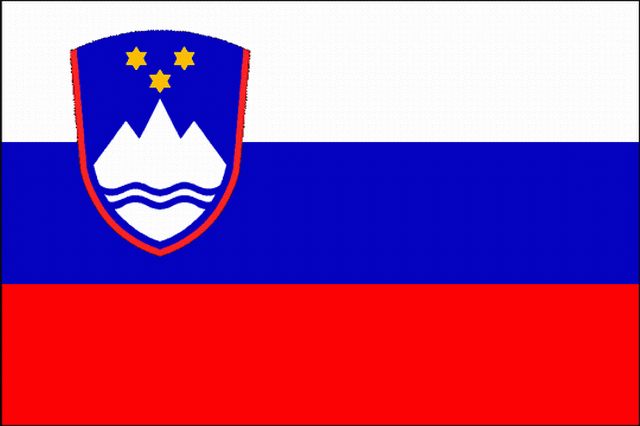 |
Словения | 0,2% | 0,1% | 0,0% | |
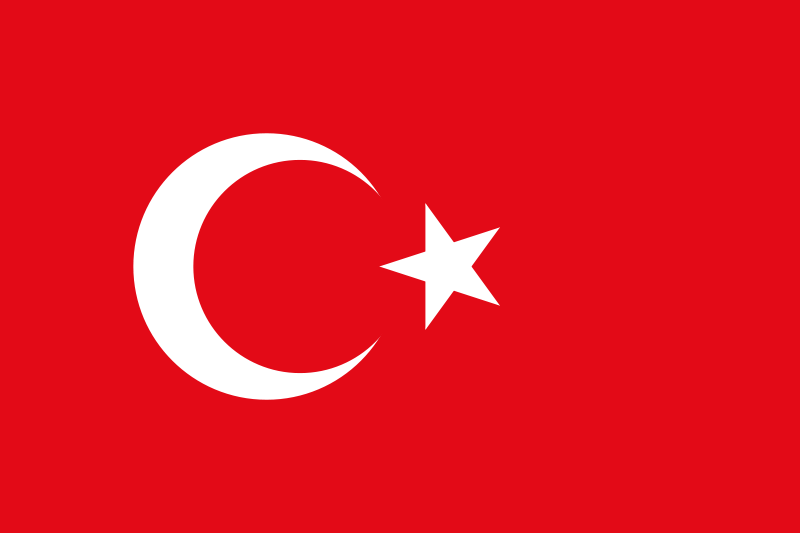 |
Турция | 0,2% | 1,1% | 1,1% |
Academic Ranking of World Universities 2020
UK
| Country Rank | Institution | World Rank |
|---|---|---|
| 1 | University of Cambridge | 3 |
| 2 | University of Oxford | 9 |
| 3 | University College London | 16 |
| 4 | Imperial College London | 25 |
| 5 | The University of Manchester | 36 |
| 6 | The University of Edinburgh | 42 |
| 7 | King’s College London | 47 |
| 8 | University of Bristol | 64 |
| 9-15 | The University of Sheffield | 101-150 |
| 9-15 | University of Birmingham | 101-150 |
| 9-15 | University of Leeds | 101-150 |
| 9-15 | University of Liverpool | 101-150 |
| 9-15 | University of Nottingham | 101-150 |
| 9-15 | University of Southampton | 101-150 |
| 9-15 | University of Warwick | 101-150 |
| 16-20 | Cardiff University | 151-200 |
| 16-20 | London School of Economics and Political Science | 151-200 |
| 16-20 | The University of Glasgow | 151-200 |
| 16-20 | University of Exeter | 151-200 |
| 16-20 | University of Sussex | 151-200 |
| 21-28 | Durham University | 201-300 |
| 21-28 | London School of Hygiene & Tropical Medicine | 201-300 |
| 21-28 | Newcastle University | 201-300 |
| 21-28 | Queen Mary University of London | 201-300 |
| 21-28 | The University of Reading | 201-300 |
| 21-28 | University of Aberdeen | 201-300 |
| 21-28 | University of East Anglia | 201-300 |
| 21-28 | University of York | 201-300 |
| 29-34 | Lancaster University | 301-400 |
| 29-34 | The University of Dundee | 301-400 |
| 29-34 | University of Bath | 301-400 |
| 29-34 | University of Leicester | 301-400 |
| 29-34 | University of St Andrews | 301-400 |
| 29-34 | University of Surrey | 301-400 |
| 35-36 | Queen’s University Belfast | 401-500 |
| 35-36 | University of Strathclyde | 401-500 |
| 37-43 | Brunel University | 501-600 |
| 37-43 | Loughborough University | 501-600 |
| 37-43 | St George’s, University of London | 501-600 |
| 37-43 | University of Essex | 501-600 |
| 37-43 | University of Kent | 501-600 |
| 37-43 | University of Plymouth | 501-600 |
| 37-43 | University of Portsmouth | 501-600 |
| 44-45 | Keele University | 601-700 |
| 44-45 | Swansea University | 601-700 |
| 46-54 | Aston University | 701-800 |
| 46-54 | Bangor University | 701-800 |
| 46-54 | City University London | 701-800 |
| 46-54 | Heriot-Watt University | 701-800 |
| 46-54 | Liverpool John Moores University | 701-800 |
| 46-54 | Nottingham Trent University | 701-800 |
| 46-54 | Royal Holloway, University of London | 701-800 |
| 46-54 | The Open University | 701-800 |
| 46-54 | University of Hull | 701-800 |
| 55-59 | Liverpool School of Tropical Medicine | 801-900 |
| 55-59 | London Business School | 801-900 |
| 55-59 | The Royal Veterinary College | 801-900 |
| 55-59 | University of Greenwich | 801-900 |
| 55-59 | University of Hertfordshire | 801-900 |
| 60-65 | Aberystwyth University | 901-1000 |
| 60-65 | Birkbeck, University of London | 901-1000 |
| 60-65 | Coventry University | 901-1000 |
| 60-65 | Northumbria University | 901-1000 |
| 60-65 | University of Lincoln | 901-1000 |
| 60-65 | University of Stirling | 901-1000 |
В первой сотне
«Российским лидером по представленности в различных предметных областях стал Московский государственный университет имени М. В. Ломоносова (16 раз). Среди вузов проекта «5-100″ по данному показателю на первом месте второй год подряд — Новосибирский госуниверситет (представлен восемь раз)», — сказали в пресс-службе проекта.
МГУ опустился на одну позицию в предметном рейтинге по физике, расположившись на 45-м месте. Также Московский университет вышел из группы 51-75, заняв позицию 76-100 в области «Математика».
«МГУ — один из самых ярких примеров классического вуза. Он изначально, еще в XVIII веке был задуман как университет, объединяющий все дисциплины, и вот уже более 250 лет развивается во всех направлениях под руководством лучших умов», — сказал ТАСС ректор МГУ Виктор Садовничий, комментируя итоги рейтинга. По его мнению, рост и гармоничное развитие Московского университета обеспечивают фундаментальное классическое образование, высочайший уровень научных исследований, внедрение новейших технологий.
Санкт-Петербургский государственный университет вошел в топ-100 предметного рейтинга «Автоматизация и управление» и спустился с 32-й на 36-ю позицию. Белгородский государственный национальный исследовательский университет сохранил свои позиции в предметной области «Металлургия» (группа 76-100).
You are here
Home > World University Rankings > World University Ranking Methodologies Compared
survey
World University Ranking Methodologies Compared

There are multiple world university rankings available – with the best-known being the QS World University Rankings, Times Higher Education World University Rankings, and the Academic Ranking of World Universities (ARWU) – and each one uses a different methodology. This can sometimes be confusing, as it’s not always easy to see why a university is ranked differently, or why the order within a country changes depending on which table you view.
‘);
// }
jQuery(ad_unit).addClass(«ad-loaded»);
var ad_height = event.size;
if (ad_height === 600) {
jQuery(ad_unit).addClass(«hpu-ad»);
}
if (ad_height === 1) {
jQuery(ad_unit).hide();
}
}
}, 550);
});
});
‘);
// }
jQuery(ad_unit).addClass(«ad-loaded»);
var ad_height = event.size;
if (ad_height === 600) {
jQuery(ad_unit).addClass(«hpu-ad»);
}
if (ad_height === 1) {
jQuery(ad_unit).hide();
}
}
}, 550);
});
});
To clarify how these different outcomes are reached, below is an overview of the methodologies used for these three major world university rankings…
QS World University Rankings
The QS World University Rankings assesses universities on six performance indicators, relating to research, teaching, employability and internationalization. To be eligible for inclusion, institutions must teach at both undergraduate and postgraduate level, and conduct work in at least two of five broad faculty areas (arts and humanities; engineering and technology; social sciences and management; natural sciences; life sciences and medicine).
- Academic reputation (worth 40% of the overall score) Based on a global survey of academics, who are asked to identify the leading institutions in their field.
- Employer reputation (10%) Based on a global survey of graduate employers, who are asked to identify the institutions producing the best graduates in their sector.
- Student-to-faculty ratio (20%) An indication of commitment to high-quality teaching and support.
- Research citations per faculty member (20%) This is normalized by subject area, and reflects the impact of an institution’s research.
- Proportion of international faculty (5%) A measure of an institution’s success in attracting faculty from overseas.
- Proportion of international students (5%) A measure of an institution’s success in attracting students from overseas.
The interactive results table can be filtered to show the scores for each of these six indicators, showing where each institution’s comparative strengths and weaknesses lie. You can find out more about the QS World University Rankings methodology here.
Times Higher Education World University Rankings
The Times Higher Education World University Rankings uses 13 performance indicators, grouped into five categories. Institutions are excluded if they do not teach at undergraduate level, or if their research output is below a certain threshold.
- Teaching (worth 30% of the overall score) Based on a reputation survey (15%), staff-to-student ratio (4.5%), doctorate-to-bachelor’s ratio (2.25%), doctorates-awarded-to-academic-staff ratio (6%) and institutional income (2.25%).
- Research (30%) Based on a reputation survey (18%), research income (6%) and research papers published per faculty member (6%).
- Research citations (30%) Based on the number of citations a university’s research obtains, normalized by subject area.
- International outlook (7.5%) Based on international-to-domestic-student ratio (2.5%), international-to-domestic-staff ratio (2.5%) and international research collaborations (2.5%).
- Industry income (2.5%) Based on income earned from industry, relative to the number of academic staff employed, and adjusted for PPP.
The published results can be sorted to show universities’ scores for each of the five categories, but not for the individual indicators within each category.
Academic Ranking of World Universities (ARWU)
Also widely known as the Shanghai Ranking, the Academic Ranking of World Universities (ARWU) assesses six performance indicators, all relating to research excellence. The ranking considers all institutions with Nobel Laureates, Fields Medalists, highly cited researchers, papers published in Nature or Science, or a significant number of papers indexed by the Science Citation Index-Expanded (SCIE) or Social Science Citation Index (SSCI).
- Alumni (worth 10% of the overall score) Based on the number of alumni of an institution who have won Nobel Prizes and Fields Medals, with greater weight given to more recent recipients.
- Awards (20%) Based on the number of staff affiliated with an institution who have won Nobel Prizes in physics, chemistry, medicine and economics, and Fields Medals in mathematics, with greater weight given to more recent recipients.
- Highly cited researchers (20%) Based on an institution’s number of highly cited researchers, according to the latest list published by Thomson Reuters.
- Papers in Nature and Science (20%) Based on the number of papers published in these two influential journals, drawing on a four-year period. For institutions specialized in social sciences and humanities, this category does not apply.
- Papers indexed (20%) Based on the number of papers indexed in the Science Citation Index-Expanded and Social Science Citation Index in the preceding calendar year, with a double weighting for papers indexed in the Social Science Citation Index.
- Per capita performance (10%) The weighted scores of the other indicators, divided by the number of full-time equivalent academic staff.
The published ARWU results can be sorted to show performance in each of these six indicators.
Got more questions about any of these world university rankings? Take a look at our frequently asked questions, or ask your own in the comments below.
This article was updated in June 2017.
Watch out for these common mistakes when using rankings
Narendra T, Youssef N & 9 others saved this
Written by Laura Bridgestock
The former editor of TopUniversities.com, Laura oversaw the site’s editorial content and student forums. She also edited the QS Top Grad School Guide and contributed to market research reports, including ‘How Do Students Use Rankings?’
‘);
// }
jQuery(ad_unit).addClass(«ad-loaded»);
var ad_height = event.size;
if (ad_height === 600) {
jQuery(ad_unit).addClass(«hpu-ad»);
}
if (ad_height === 1) {
jQuery(ad_unit).hide();
}
}
}, 550);
});
});
Recent Articles
-
Is A Specialized Master’s The Right Move For Your Career?
-
Everything You Need to Know About Studying in Asia
-
Measures Taken by UK Universities Against COVID-19
-
How To Register To Vote In the US Election
Most Viewed This Month
-
1
Studying a PhD in Quarantine: My Experience -
2
Top Universities for Master’s in Management Degrees in 2021 -
3
Top 10 Universities for Master’s in Marketing Degrees in 2021 -
4
Aberdeen -
5
How Can Performing Arts Programs Thrive in Lockdown? -
6
Dubai-Sharjah-Ajman -
7
9 Things Employers Look For in a LinkedIn Profile -
8
Café Du Cycliste Founder: How a Master’s Degree Helped Launch My Business -
9
Top 5 Tech Careers Of The Future -
10
Life as a First Year Student During COVID-19
Рейтинг стран по числу университетов в списке 500 лучших вузов мира согласно Шанхайскому рейтингу ARWU
| США | 150 | 151 | 154 | 152 | 159 | 166 | 167 | 168 | 170 | |
| Германия | 37 | 39 | 39 | 40 | 40 | 41 | 40 | 40 | 43 | |
| Великобритания | 38 | 37 | 38 | 40 | 42 | 42 | 43 | 40 | 42 | |
| Китай | 42* | 23 | 34 | 30 | 30 | 25 | 19 | 18 | 16 | |
 |
Япония | 21 | 23 | 25 | 31 | 31 | 33 | 32 | 34 | 36 |
 |
Канада | 22 | 22 | 23 | 22 | 21 | 22 | 22 | 23 | 23 |
| Италия | 20 | 22 | 22 | 21 | 22 | 20 | 23 | 23 | 23 | |
| Франция | 20 | 21 | 22 | 23 | 23 | 23 | 21 | 21 | 22 | |
 |
Австралия | 19 | 19 | 17 | 17 | 15 | 17 | 16 | 14 | 14 |
 |
Нидерланды | 13 | 13 | 12 | 12 | 12 | 12 | 12 | 12 | 12 |
 |
Швеция | 11 | 11 | 11 | 11 | 11 | 11 | 11 | 11 | 10 |
 |
Южная Корея | 10 | 11 | 10 | 9 | 8 | 8 | 9 | 8 | 8 |
 |
Испания | 11 | 11 | 10 | 11 | 9 | 9 | 9 | 9 | 9 |
| Швейцария | 7 | 7 | 7 | 8 | 8 | 8 | 8 | 8 | 8 | |
 |
Израиль | 6 | 7 | 7 | 7 | 6 | 7 | 7 | 7 | 7 |
 |
Бельгия | 7 | 7 | 7 | 7 | 7 | 7 | 7 | 7 | 7 |
 |
Бразилия | 6 | 7 | 6 | 6 | 6 | 5 | 4 | 4 | 4 |
 |
Тайвань | * | 7 | 7 | 7 | 7 | 5 | 5 | 3 | 5 |
| Австрия | 7 | 7 | 7 | 7 | 7 | 7 | 7 | 7 | 7 | |
 |
Финляндия | 5 | 5 | 6 | 5 | 6 | 5 | 5 | 5 | 5 |
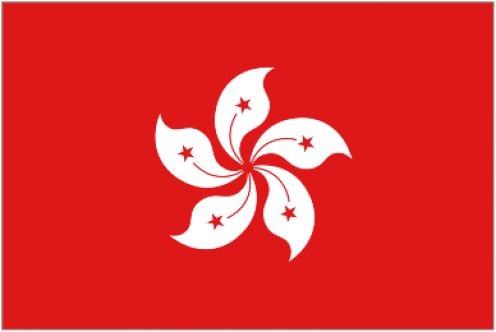 |
Гонконг | * | 5 | 5 | 5 | 5 | 5 | 5 | 5 | 5 |
 |
Новая Зеландия | 5 | 5 | 5 | 5 | 5 | 5 | 5 | 5 | 3 |
 |
Дания | 4 | 4 | 4 | 4 | 4 | 4 | 5 | 5 | 5 |
 |
Норвегия | 4 | 4 | 4 | 4 | 4 | 4 | 4 | 4 | 4 |
 |
Ирландия | 3 | 3 | 3 | 3 | 3 | 3 | 3 | 3 | 3 |
 |
Южная Африка | 3 | 3 | 3 | 3 | 3 | 4 | 4 | 4 | 4 |
 |
Россия | 2 | 2 | 2 | 2 | 2 | 2 | 2 | 2 | 2 |
 |
Сингапур | 2 | 2 | 2 | 2 | 2 | 2 | 2 | 2 | 2 |
 |
Греция | 2 | 2 | 2 | 2 | 2 | 2 | 2 | 2 | 2 |
 |
Саудовская Аравия | 3 | 2 | 2 | ||||||
 |
Венгрия | 2 | 2 | 2 | 2 | 2 | 2 | 2 | 2 | 3 |
 |
Польша | 2 | 2 | 2 | 2 | 2 | 2 | 2 | 3 | 2 |
 |
Португалия | 3 | 2 | 2 | 2 | 2 | 2 | 1 | 1 | |
 |
Чили | 2 | 2 | 2 | 2 | 2 | 2 | 1 | 1 | 1 |
 |
Аргентина | 1 | 1 | 2 | 2 | 2 | 2 | 2 | 3 | 3 |
 |
Мексика | 1 | 1 | 1 | 1 | 1 | 1 | 1 | 1 | 1 |
 |
Чехия | 1 | 1 | 1 | 1 | 1 | 1 | 1 | 1 | 1 |
 |
Индия | 1 | 1 | 2 | 2 | 2 | 2 | 2 | 3 | 3 |
 |
Иран | 1 | 1 | 1 | 1 | |||||
 |
Турция | 1 | 1 | 1 | 1 | 1 | 1 | 2 | ||
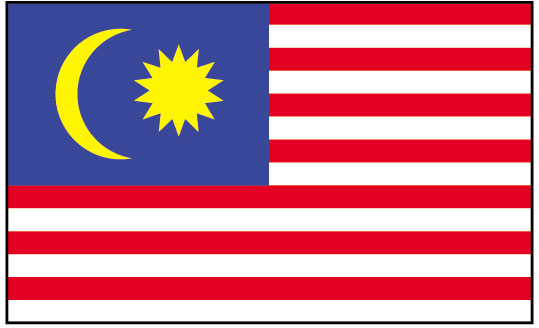 |
Малайзия | 1 | 1 | |||||||
 |
Египет | 1 | 1 | 1 | 1 | |||||
 |
Словения | 1 | 1 | 1 | 1 | 1 | 1 | |||
 |
Хорватия | 1 | 1 |
* c 2012 года университеты Гонконга и Тайваня считаются китайскими университетами
| США | 54% | 30,8% | 24,8% | 4,5% | |
| Великобритания | 11% | 7,6% | 3,8% | 0,9% | |
| Германия | 5,0% | 7,8% | 5,8% | 1,2% | |
| Япония | 5,0% | 5,0% | 8,8% | 1,9% | |
| Канада | 4,0% | 4,6% | 2,3% | 0,5% | |
| Франция | 3,0% | 4,4% | 4,6% | 0,9% | |
| Австралия | 3,0% | 3,4% | 1,6% | 0,3% | |
| Швеция | 3,0% | 2,2% | 0,7% | 0,1% | |
| Швейцария | 3,0% | 1,4% | 0,9% | 0,1% | |
| Нидерланды | 2,0% | 2,4% | 1,4% | 0,2% | |
| Дания | 2,0% | 0,8% | 0,5% | 0,1% | |
| Бельгия | 1,0% | 1,4% | 0,8% | 0,2% | |
| Израиль | 1,0% | 1,4% | 0,3% | 0,1% | |
| Финляндия | 1,0% | 1,2% | 0,4% | 0,1% | |
| Норвегия | 1,0% | 0,8% | 0,7% | 0,1% | |
| Россия | 1,0% | 0,4% | 2,1% | 2,1% | |
| Китай | 6,8% | 8,9% | 19,8% | ||
| Италия | 4,4% | 3,7% | 0,9% | ||
| Южная Корея | 2,0% | 1,4% | 0,7% | ||
| Испания | 2,0% | 2,5% | 0,7% | ||
| Австрия | 1,4% | 0,7% | 0,1% | ||
| Бразилия | 1,2% | 2,7% | 2,9% | ||
| Новая Зеландия | 1,0% | 0,2% | 0,1% | ||
| Ирландия | 0,6% | 0,4% | 0,1% | ||
| Южная Африка | 0,6% | 0,5% | 0,7% | ||
| Чили | 0,4% | 0,3% | 0,3% | ||
| Греция | 0,4% | 0,6% | 0,2% | ||
| Венгрия | 0,4% | 0,2% | 0,1% | ||
| Индия | 0,4% | 2,3% | 17,1% | ||
| Польша | 0,4% | 0,7% | 0,6% | ||
| Португалия | 0,4% | 0,4% | 0,2% | ||
| Саудовская Аравия | 0,4% | 0,6% | 0,4% | ||
| Сингапур | 0,4% | 0,3% | 0,1% | ||
| Аргентина | 0,2% | 0,5% | 0,6% | ||
| Чехия | 0,2% | 0,3% | 0.2% | ||
| Иран | 0,2% | 0,6% | 1,1% | ||
| Мексика | 0,2% | 1,5% | 1,6% | ||
| Словения | 0,2% | 0,1% | 0,0% | ||
| Турция | 0,2% | 1,1% | 1,1% |
Конкуренты
Шанхайский рейтинг университетов ARWU
Академический рейтинг университетов мира ARWU (Academic Ranking of World Universities) был впервые опубликован в 2003 году. Изначально он создавался для того, чтобы проследить, насколько силён разрыв между китайскими вузами и мировыми университетами
Со временем этот рейтинг привлёк большое общественное внимание и заработал заслуженную репутацию объективного списка лучших вузов мира
Сегодня так называемый Шанхайский рейтинг (с 2009 года рейтинг защищён авторским правом Shanghai Ranking Consultancy) стал одним из самых цитируемых и влиятельных списков. Самое главное преимущество Шанхайского рейтинга – это его объективность и независимость. Методика ранжирования вузов научно обоснована, создаёт список полностью независимая организация, которая никому не подчиняется юридически.
Российские вузы в рейтингах ARWU
Российские вузы были замечены в Шанхайском списке с первого года существования: с 2003 по 2015 гг. в рейтингах ARWU стабильно попадали МГУ им. М.В. Ломоносова и Санкт-Петербургский государственный университет.
СПбГУ все эти годы держит позицию 300-400 места, а МГУ с 2004 года и по сей день входит в ТОР-100 (в 2003 году вуз не дотянул до сотни и получил 102-151 место). Самый хороший показатель у главного вуза страны был в 2004 и 2005 гг. — 66 и 67 место.
В 2016 году в Шанхайский рейтинг попал третий российский вуз — Новосибирский государственный университет. С этого года и по сей день он значится на позиции 401-500 места. В 2018 году к трём фаворитам прибавился четвёртый университет — Московский физико-технический институт (401-500 место).
2019 год стал по-настоящему «звездным» для российского высшего образования, так как впервые за 17 лет в Шанхайский список лучших вузов мира попало сразу 11 российских университетов:
Московский государственный университет имени М.В. Ломоносова — 87 место
Санкт-Петербургский государственный университет — 301-400
Московский физико-технический институт — 401-500
Новосибирский национальный исследовательский государственный университет — 401-500
Национальный исследовательский ядерный университет «МИФИ» — 601-700
Уральский федеральный университет имени первого Президента России Б.Н. Ельцина — 701-800
Университет ИТМО — 801-900
Казанский (Приволжский) федеральный университет — 801-900
Национальный исследовательский технологический университет «МИСиС» — 801-900
Национальный исследовательский Томский государственный университет — 801-900
Национальный исследовательский университет «Высшая школа экономики» — 901-100
Предметные рейтинги ARWU
Помимо глобального рейтинга лучших вузов мира ARWU с 2009 года формирует предметные рейтинги. В июне 2020 года были опубликованы свежие списки предметных рейтингов.
В этом году в предметные списки попали 17 российских вузов. Некоторые из них даже вошли в сотню лучших:
Московский государственный университет имени М.В. Ломоносова — 51-75 в разделе «Физика»
Санкт-Петербургский государственный университет — 76-100 в разделе «Добыча полезных ископаемых и горнодобывающее машиностроение», 51-75 в предметной области «Автоматизация и управление»
Университет ИТМО -76-100 место в области «Автоматизация и управление»
Национальный исследовательский технологический университет «МИСиС» — позиция 51-75 в предметной области «Металлургия»
Национальный исследовательский Томский политехнический университет — позиция 51-75 в предметной области «Машиностроение»
Белгородский государственный национальный исследовательский университет — позиция 76-100 «Металлургический инжиниринг»
Российские вузы неплохо себя показали, хотя по-прежнему есть к чему стремиться. Все топовые позиции многие годы занимают американские и китайские вузы.
Если материал показался интересным, подписывайтесь на обновления нашего блога. Мы знаем о поступлении в вузы всё (и даже больше). Кнопку подписки вы найдёте прямо под постом.



